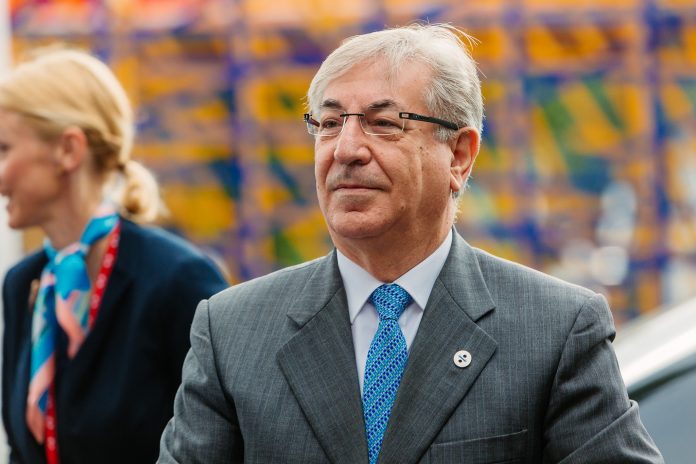A multi-annual plan for fish stocks in the western Mediterranean Sea was proposed by the European Commission on March 8. The proposal covers demersal fish stocks (fish that live and feed at the bottom of the seabed, and bring a significant income to the fisheries sector in the region).
Based on the latest data, it is estimated that in 2015, French, Italian and Spanish vessels landed around 100,000 tonnes of demersal fish, valued at €675m. Catches for these stocks have significantly decreased by around 23% since the early 2000s.
The Commission has warned that, at this rate, more than 90 % of the stocks assessed would be overfished by 2025. Without the collective pooling of effort foreseen by this plan, around 1,500 vessels would be at financial risk by 2025. Today’s proposal aims to restore these stocks to levels that can ensure social and economic viability for the fishermen and the more than 16,000 jobs that depend on it.
“Today’s proposal for a multi-annual plan is a direct follow-up to the MedFish4Ever Declaration from 2017,” said Commissioner for the Environment, Maritime Affairs and Fisheries Karmenu Vella. “It aims to reach a healthy level of fish stocks needed to prevent a loss of jobs and to sustain important economic sectors that depend on fisheries. It brings us one step closer to making Mediterranean fisheries more sustainable. We need to act, and we need to act with urgency. Only then can we secure our common objective to allow fisheries to sustain fishermen and the economy for years to come.”
The Commission’s proposal includes the establishment of fishing targets for the most commercially important demersal stocks: hake, red mullet, deep-water rose shrimp, Norway lobster, blue and red shrimp and giant red shrimp. It also aims to simplify fisheries management under one main regulatory framework.
The plan will be coordinated at EU level and apply for all trawlers operating in the region. Each year, on the basis of scientific advice, the Council would decide the maximum number of fishing days, also referred to as allowable fishing effort, for each fleet category by member state.

